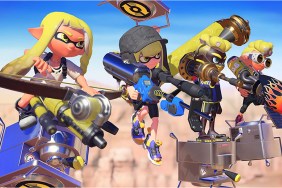Get this thing off me!
In the pantheon of Mario games, Super Mario RPG continues to stir great emotions in Mario fans. The plumber's first role-playing game had him face off with enemies in turn-based battles. While the collaboration with Squaresoft (now Square Enix) paid off in spades, Nintendo has taken it upon…
-
Rhythmic gameplay
-
Humor
-
Collecting and using strategic stickers
-
Creative bosses
-
Repetition
-
Pay to win











